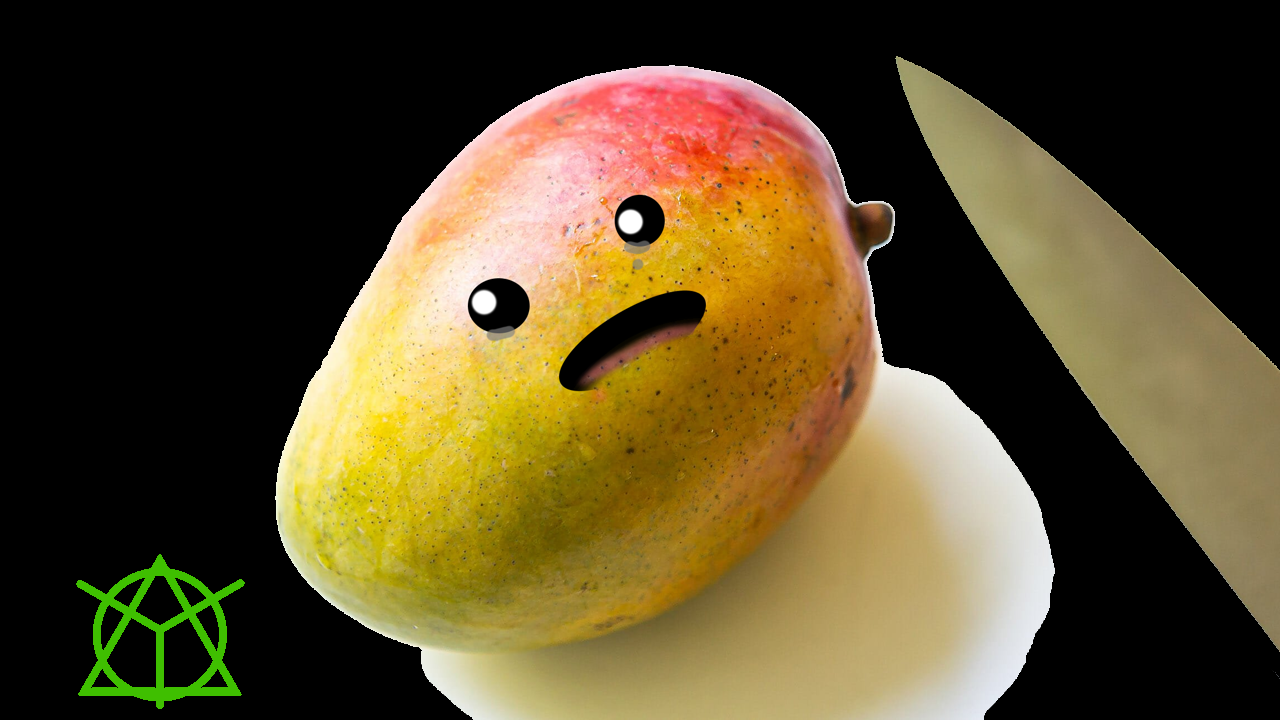J. J. Bartel here, cultivating some greatness into this work. For visuals, I am drawing onions. Let’s go.
One of the most common modern American, European and Asian flavors is the onion, Allium cepa. We are familiar with varieties like Red, White, Yellow, and Vidalia. Onions also change the flavor, texture, and nutrition of a dish. However, for a few, common sense breaking onion allergies bring pain, skin irritation, and bloating and may be fatal.
I became aware of this allergy when working with a coworker. He shared over lunch that he is allergic to onions and had a worse reaction to cooked than raw. This caught me by surprise. Cooking almost always reduces the allergic reaction to a food. For example, when cooking with milk, lactose, the milk molecule, breaks down with heat. This denaturing process reduces the amount of active lactose in a cake or muffin. For some, this process means that the molecule is broken down enough that it may not trigger an allergic reaction. As a result, there is not enough lactose to generate a reaction.
For my friend to have a stronger reaction to onions cooked than raw means that whatever he was allergic to was an exception to the rule. As a botanist, this intrigued me, and for my friend’s sake and curiosity, I dove down a rabbit hole.
First, research. Always start with Scientific Journal articles for these matters. It was far more common for men to have the allergy than women, and most people who reacted to onions also reacted to garlic. Onions and garlic have the same order, family, and genus, which implies that the chemical is onion family specific. However, despite onions being a part of the asparagus family, Asparagales, almost no one had an asparagus allergy. What threw the weeds in my research bed was the reality that many also seemed to have reactions to peaches. Forget genus. They do not even share an order or family, which means they are VERY genetically different. Whatever triggers this reaction must be a molecule that is tolerant to heat.
The next step was figuring out how specifically this allergic reaction occurred in my friend. Now, beans make most people a little gassy, and garlic can give you bad breath, but neither one is an allergic reaction. Most scientific papers I read on testing onion allergies did a twofold test on people. They first poked the skin with onion-specific chemicals to see if any rashes or swelling developed and a blood test to see if these chemicals elicited a response from unique immune system proteins called immunoglobulins. What they used was an inverse measure to rate the allergic reaction. That means they would not be allergic if there were very little to no immunoglobulins in the blood or minimal skin rashes despite a massive amount of onion exposure. On the other hand, if someone with very little onion exposure had a massive blood and skin reaction, they would be considered very allergic. So it is an inverted measure.
Earlier I was talking about how doctors would use onion-based chemicals to test earlier. The second to last step would be to look through the chemicals and see if anything about their physiology, like chemical makeup and structure. Referencing the four most valuable papers, there seems to be an agreement that the most likely causes of onion-based reactions are Profilin, alliin lyase, and C3 Lipid Proteins.
Allin lyase is an enzyme that catalyzes specific molecules with double bonds and is specific to the onion genus. It does seem to fit the bill for raw onion allergic reactions. Its found in onions and garlic and is a known natural irritant. One of the chemicals released makes someone cry when they cut into an onion. If you are doing extra research, keep in mind that A-l-l-i-n, A-l-l-i-i-n, and other variations are the same group of enzymes. Molecularly, they are slightly different but functionally the same. Each variation is given a slightly different name. That said, none are heat tolerant, thermonuclear stable, so next.
The second significant group of molecules is called Profilins. These are actin that alters the actin cytoskeleton. Actins are like cell-based muscles that help to move materials throughout the cell. Onion-specific Profilins help manage these muscles, repair, and the like. While these also can cause reactions with raw onions, these degrade in heat. So they are not what my friend is reacting to and suffering.
The last significant molecule is a C3 Lipid transfer protein. Lipid means fat, and transfer means to move, so this is a protein that moves fat. C3 is a classification that puts it with onions specifically. It causes reactions raw and is thermostable, so it does cause a reaction if cooked. The issue is that when one takes cooked onion juice and C3 Lipid transfer proteins, cooked onions have more reactions than the molecule alone. This means it cannot be the molecule responsible for the entire reaction alone. It is working with something else. I looked at the chemical composition of these onion-specific molecules. I even looked into flavonoids and noticed that onions, like garlic and peaches, have higher amounts of sulfur to a lesser extent. All this data leads me to think that the following scenario is happening.
When someone cooks an onion, sulfur that makes up Allin lyases and profilins is broken. The sulfur is no longer trapped in the molecules and is free to mix with other molecules. Lipid-transfer proteins would only become more active due to heat, helping to clump all sorts of fats together. When broken down with heat, many fats will become much more polar and reactive to elements like sulfur. This, in turn, would help form concentrated fat molecules, clumps marbled with sulfur. This concentration of sulfur could, and would, be registered by the human body as poison, and the immunoglobulin proteins would react to poison. I think the real problem with my friend is not that he is allergic to onions, raw or cooked. My friend is allergic to sulfur. This would explain the shared allergy to garlic and even weakness to peaches. Peaches have some sulfur with the seed shell, and trace amounts can be on the flesh when eating peaches. It is part of why peach pits never taste sweet, even when next to such juicy flesh.
I looked through over 20 papers, and I could not find any that discredited my theory above, so until I find new data, that is my explanation. It will be nice to give this to my friend. He has long since come to terms with his more unusual allergy. Maybe this research can help him. Maybe it is useless, but knowing the specifics might bring some comfort. If it is a sulfur issue abstaining from foods high in the element might help him. After all, if someone is allergic to a standard American, European, and Asian flavor, it can be a barrier to experiencing a part of the culture. My friend is my friend, and no health quirk will stop me from enjoying lunch with him. I will make my dish without onions or excess sulfur at the next company lunch.
The four primary sources worth reading are in the video description and on my website. If you want to hear more nonfiction from me, I have released a new book in the description below. Feel free to give at my subscribestar to help me make my dreams a reality, and until next time let us cultivate some greatness.
MLA Formatted References
Albanesi, Marcello, et al. “Immunological characterization of onion (Allium cepa) allergy.” Advances in Dermatology and Allergology/Postępy Dermatologii i Alergologii 36.1 (2019): 98-103.
Almogren, A., Z. Shakoor, and M. H. Adam. “Garlic and onion sensitization among Saudi patients screened for food allergy: a hospital based study.” African Health Sciences 13.3 (2013): 689-693.
Armentia, A., et al. “Allergic hypersensitivity to garlic and onion in children and adults.” Allergologia et immunopathologia 48.3 (2020): 232-236.
Kao, Shao-Hsuan, et al. “Identification and immunologic characterization of an allergen, alliin lyase, from garlic (Allium sativum).” Journal of allergy and clinical immunology 113.1 (2004): 161-168.



What a great read!!! This is SO well written. There is a wealth of information here to keep you wanting the next piece of the puzzle! Detailed facts are skillfully presented using science and logical reasoning. I find your choice of words and ideas given a delight to read!
Just so that you know I have already replied to your comments on The Filth Fighter Ch 3, The Landlocked Botanist, To make perfect food and Descending White Death Mountain the first steps. Also, its nice to see you supporting my work. It is not easy to write some of these things.